|
After our day in the Mornington Peninsula, we had a day to enjoy in Melbourne before we headed back into the vineyards while in Victoria. Our last visit took us to the Yarra Valley that takes its name from the Yarra River was just east from Melbourne. In Mornington Peninsula, we got to try mostly Pinot Noir, Chardonnay and Pinot Gris wines since those varieties thrive in the region's cool climate. Yarra Valley's warmer climate let us try more varieties like Shiraz, Cabernet Sauvignon, Merlot and Pinot for the reds, and Chardonnay and Sauvignon Blanc for the whites. Before our trip to Australia, I had gotten James Halliday's Wine Atlas of Australia to research the best vineyards to visit, and he suggested not to miss Chandon in the Yarra Valley, Australia's renown sparkling wine producer. While in Sydney, I kept an eye open for Chandon, and sure enough, it popped up everywhere on wine lists. Our first night in Sydney actually started with a glass of Chandon! Naturally, it was on the top of my list for the Yarra Valley Visit, and the first stop of the day. Chandon is actually belongs to Moët & Chandon that started sparkling wine production in the Yarra Valley in 1986 after exporting the 'traditional method' with much success to Argentina and California. The facilities were definitely designed to handle large crowds with two different counters for visitors to taste their wines. We were at the "smaller" one, but it was just as busy as the counter for larger groups. We arrived just after 10am on a weekday, so I can't imagine how busy it would've been on a weekend. However, the tasting staff did try to spend enough time with each of the guests going through the different profiles of the sparkling wines. I had a stoke of good luck because the man who was serving us had just written the WSET3 exam, so most of our conversation focused on tips for writing the exam. He told me to make sure that I know the five main methods for producing sparkling wine, and then he quizzed me on the differences of each one! I still hadn't really gotten to that chapter yet, so he told me to go through the winery's museum of sparkling wine production museum to help me gain a better understanding. Those five methods are traditional, transfer, tank, Asti and carbonation. Remember that Asti just goes through one alcoholic fermentation! I've noticed in Australia that a lot of effort goes into educating visitors about wine and even the winemaking process. I can definitely say that Chandon comes out on top when it comes to sparkling wine education with its very own museum and self-guided tour of their facilities. The tour starts out in the processing area where the workers receive the grapes from the vineyard. You can see the sorting machines and pneumatic presses. The presses extract the juice from the grapes before it's sent for alcoholic fermentation and then made into a base wine. You can see both the stainless steel vats and oak barrels that are used for the first fermentation process. The wine is then bottled with triage, a mixture of yeast and sugar, and the second fermentation starts inside the bottle, and this is when the bubbles happen since the carbon dioxide has nowhere to go, so it dissolves into the wine. After this, the wine is aged on its lees for a number of months, around 12 to 18 months. The lees are the dead yeast cells that remain after the second fermentation. If you've ever noticed those yeasty, biscuity, or pastry-type flavors in sparkling wine, that time on lees contributes to these flavors.
One of the most interesting things for me to see were the pupitres, which are A-frame racks where the bottles are stored at a 45-degree angle. The purpose of placing the bottles in these racks is to let the dead yeast cells settle to the bottom. Each day, workers give these bottles a slight shake and increase the angle of each bottle until they are almost upright, which is called riddling. After, we walked past the bottling area where the sediment from the sparkling wine is removed, and then topped up with exposition liqueur, a mixture of wine and sugar cane juice, The sparkling wine is then corked and caged. The wire cage is a safety precaution since the pressure is about 5kg of weight per square centimeter of glass. That's about 2-3 times the pressure in a car tire! There are some great infographics on the different methods of sparkling wine production on the Wine Folly website if you'd like to know more about the processes. If you want to know some of the more technical processes and commercial examples, Wine Searcher is a great source as well for Champagne production, as well as anything else you want to know about wine.
1 Comment
|
Archives
November 2017
Categories
All
|

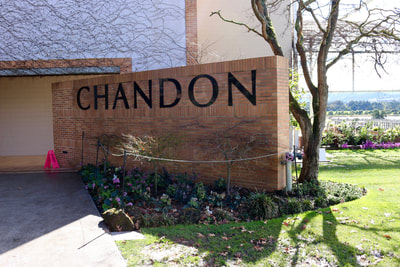

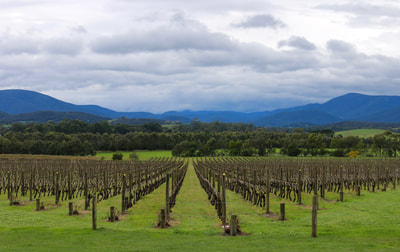
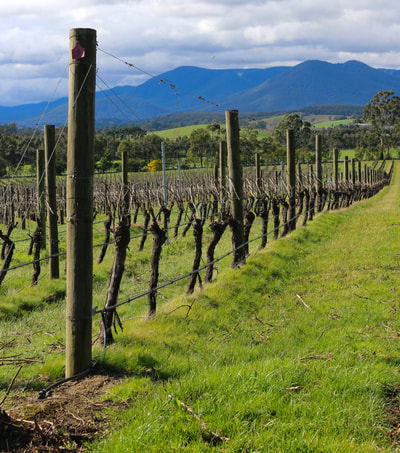


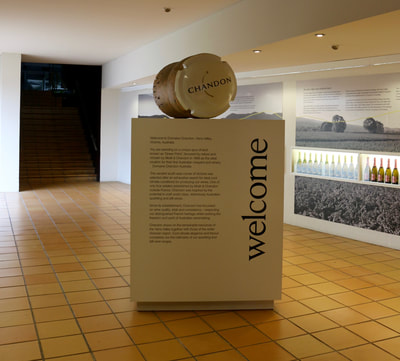

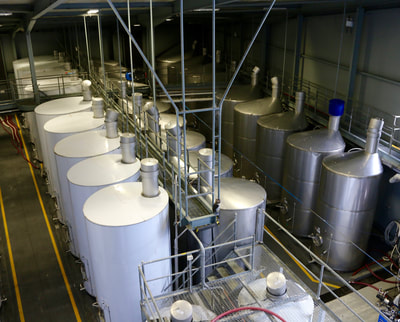



 RSS Feed
RSS Feed
